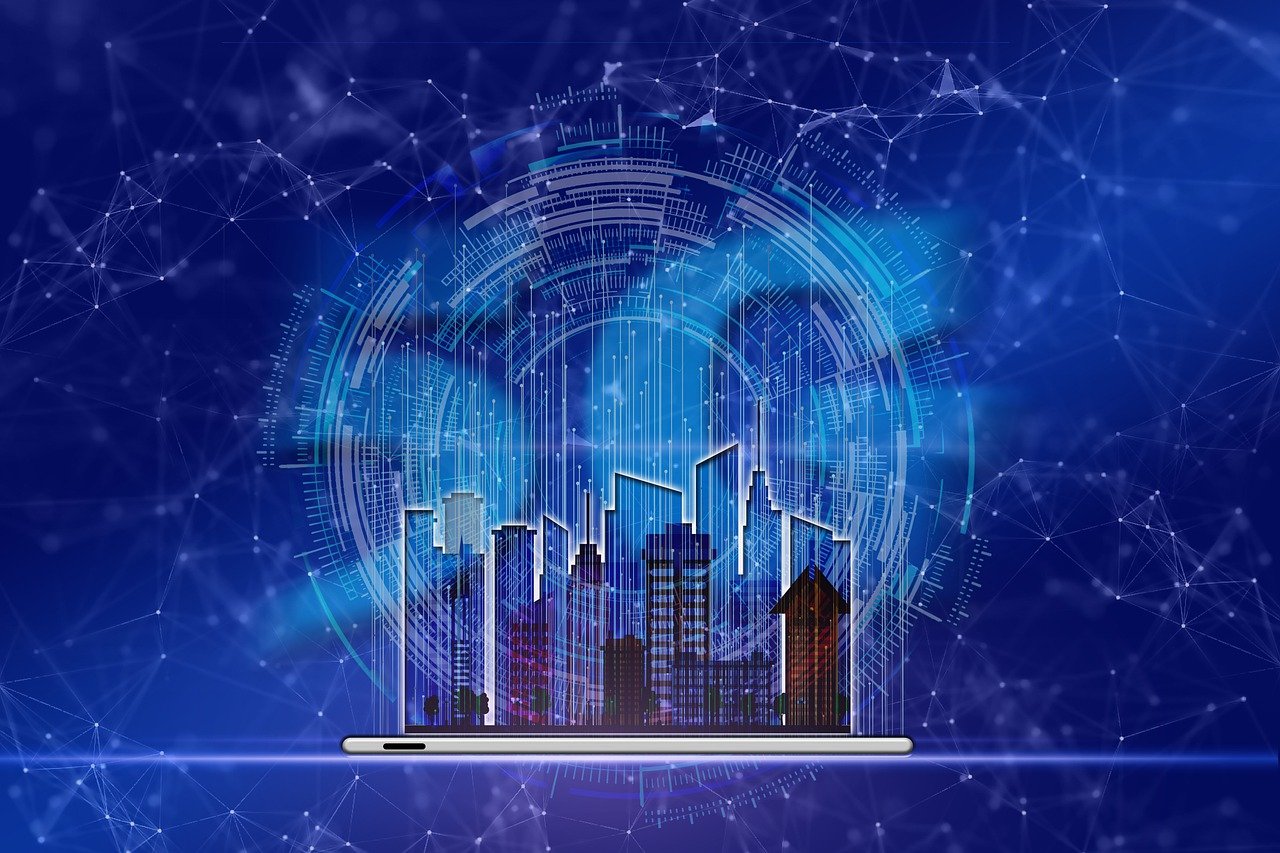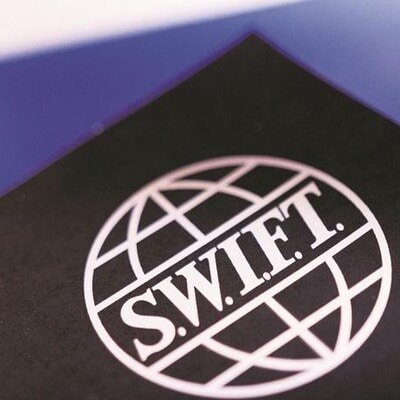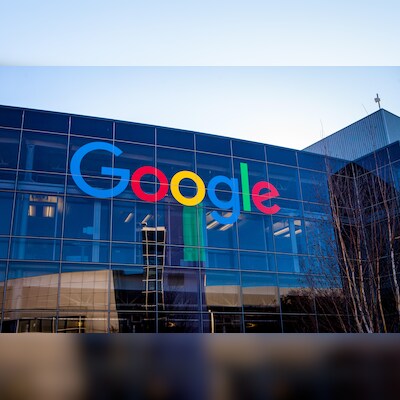Contents
Get ready for the fifth generation of network connection, or as the enthusiasts are dubbing it: 5G. In this article I will describe the possibilities and the role of 5G technology in today’s world and in further society development.
5G offers increased connection speed, extremely low connection delay and a brand-new level of Internet connection that will definitely change the face of industries and the digital world. From self-driving car to smart home, city, industries, and industries – IoT – 5G will underpin many applications, making them far more effective, productive and convenient than they are today.
Think about getting a large movie in HD in the blink of an eye, watch a VR movie without any delay and connect billions of gadgets at once. This is the power of 5G.
This connectivity evolution will come hand in hand with the encroaching globalization, becoming a link between man and machines and opening the flood gate to more innovations and opportunities. Prepare yourself for the fifth generation of connectivity, 5G.
Well therefore, let’s strap on and travel along with us on this roller coaster ride as we explore one of the fascinating paths to the new age connectivity – 5G.
The benefits of 5G connectivity
The 5G technology is expected to open the path to a myriad of advantages that will revolutionalize our daily lives, social interactions, and place of work.
They noted that the 5G is one of the fastest networks with download speed up to 10 Gbps which is about 100 times faster than the 4G LTE download speed.
Let’s take an example; this makes it possible to download high definition movies within seconds, immerse in virtual reality without any delays, or even engage in real-time multiplayer gaming; collaborating, teleworking; or even attending meetings using real-time augmented and virtual realities.
In addition to the speeds, 5G also promises much lower latency than the previous standards: the achievable latency is less than one millisecond.
This almost real-time responsiveness is revolutionary especially in those activities that demand fast and almost immediate responses like; self-driven cars, tele-surgeries, and others in manufacturing industries.
In terms of low latency it permits real-time decision and control hence opening a new realm of technological advancement.
Another significant advantage that goes hand in hand with 5G is the ability to connect significantly a large number of connected devices at once due to the popularity of the Internet of Things.
One network can support up to one million connections, and that has paved way for smart home use, wearables, industries sensors, and more.
Such connection will create new opportunities for using advanced data analysis, increasing performance and automating various processes in different spheres including healthcare, agriculture.
5G use cases and applications
It is possible to note that 5G technology has a great transformative potential in terms of numerous use cases and applications.
Probably the most popular use-case is going to be transportation, including autonomous cars that are to change the way we travel with the help of 5G technology.
Owing to its high transmission rates, 5G will allow vehicles to communicate with one another and share information with the surroundings and the pedestrians to improve on safety, efficiency, and self-driving.
In the healthcare sector, 5G will pave the way for remote patient monitoring, telemedicine, and even remote surgery.
Doctors and medical professionals will be able to access and transmit high-resolution medical data, such as diagnostic images and real-time patient vitals, with unprecedented speed and accuracy.
This will allow for more personalized and accessible healthcare, especially in remote or underserved areas.
The gaming and entertainment industry is also poised to benefit significantly from 5G. Gamers will experience lightning-fast load times, seamless multiplayer experiences, and the ability to stream high-quality, low-latency content directly to their devices.
Similarly, the immersive world of virtual and augmented reality will thrive with 5G, enabling more realistic and responsive experiences for users.
Challenges and obstacles in the implementation of 5G
The benefits of a 5G network cannot be doubted, and at the same time, several considerations must note that the integration and application of 5G technology have certain difficulties and impediments.
There is a major preoccupation with the intense capital costs associated with constructing and developing the requisite facilities.
- 5G significantly utilizes small cells which are many in number and cost a lot more than conventional cell towers.
This financial burden can be a great challenge bearing in mind that it may act as a hindrance to one’s business and or to the advancement of telecommunication services in a number of ways depending on the size of the telecom operators and/or the development status of a certain region.
- Another issue is that not many 5G devices are available in the market at the present because the implementation of 5G involves new hardware and software, along with 5G modems and chips for 5G devices such as smartphones, tablets and others.
This can slow down the deployment of the 5G as people will not upgrade to the enhanced version since the hardware manufacturers have not provided cheaper devices for this new technology.
A particular focus of regulators and policy makers is also a part of 5G’s deployment. National and international authorities and existing regulatory agencies should set comprehensive rules or policies regarding the utilization of 5G technology, frequencies, protection of information, and users’ data.
The coordination required to standardize the implementation of the 5G across different geographical areas and countries may take time and effort which in the end can slow the process of the general deployment of the technology.













Leave a Reply